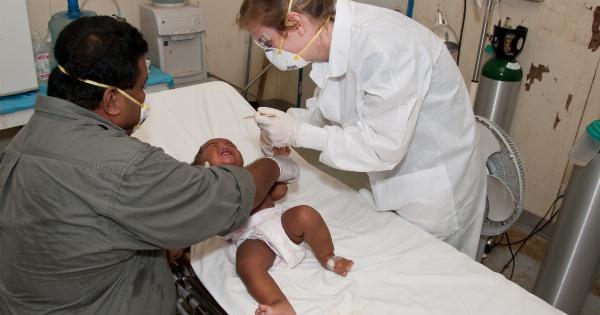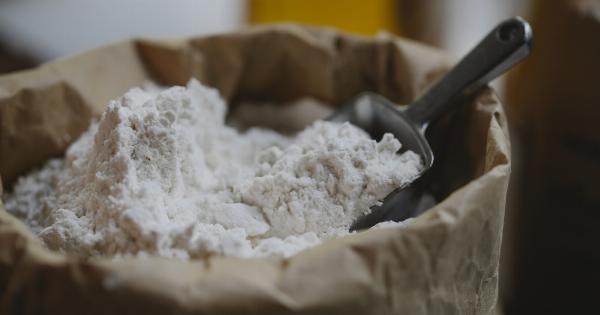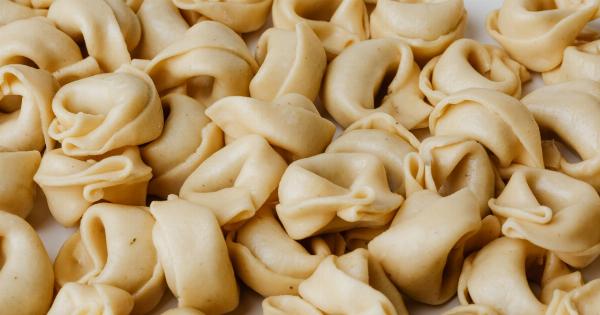Food poisoning is a common concern for parents, especially when it comes to children. It is a condition resulting from consuming contaminated, spoiled, or rotten food, which contain infectious agents such as bacteria, viruses, or parasites.
Children are more vulnerable to food poisoning than adults, as their immune system is not fully developed yet. Therefore, it is important to understand the signs and symptoms of food poisoning in children and how to treat it according to their age group.
: Types of food poisoning in children
There are many types of food poisoning in children, but the most common ones are:.
: Salmonella
It is a bacterial infection caused by consuming food contaminated with salmonella bacteria, found in raw or undercooked poultry, eggs, milk, cheese, and other dairy products.
The symptoms of salmonella include diarrhea, vomiting, abdominal cramps, fever and dehydration.
: Campylobacter
Campylobacter is also a bacterial infection caused by consuming contaminated poultry, meat, or unpasteurized milk. The symptoms of campylobacter include diarrhea, abdominal pain, fever, and vomiting.
: E. coli
E. coli is a bacterial infection caused by consuming contaminated meat, unpasteurized milk, or fresh produce contaminated with fecal matter. The symptoms of E. coli include stomach cramps, bloody diarrhea, and vomiting.
: Norovirus
Norovirus is a viral infection caused by consuming contaminated food or water, or by contact with contaminated surfaces. The symptoms of norovirus include vomiting, diarrhea, stomach cramps, fever, and body aches.
: Treatment of food poisoning in children
The treatment of food poisoning varies according to the age of the child, the severity of the symptoms, and the type of infection. However, there are some general guidelines that can be applied in most cases:.
: Infants
Infants under six months old should not be given any medication without consulting a doctor. The best course of action is to keep them hydrated by giving them small amounts of breast milk or formula frequently, using an oral rehydration solution.
: Babies
Babies over six months old can be given small amounts of clear fluids, such as water, oral rehydration solution, or breast milk.
If the diarrhea persists for more than 24 hours, or if the baby shows signs of dehydration, such as dry mouth, no tears when crying, sunken eyes, decreased urination, or lethargy, medical attention should be sought immediately.
: Toddlers
Toddlers over one year old can be given small amounts of clear liquids, such as water, oral rehydration solution, or juice, in addition to their regular diet.
Foods that are high in fiber, such as fruits and vegetables, should be avoided as they may irritate the stomach. If the diarrhea persists for more than two days, or if the child shows signs of dehydration, medical attention should be sought immediately.
: Children
Children over five years old can be given a regular diet, as long as it is light and easy to digest, such as broth, toast, crackers, bananas, and rice.
They should also be encouraged to drink plenty of clear fluids, such as water, juice, or oral rehydration solution. If the symptoms persist for more than four days, or if the child shows signs of dehydration, medical attention should be sought immediately.
: Prevention of food poisoning in children
Prevention is always better than cure, and the following measures can help prevent food poisoning in children:.
: Cleanliness
Parents should practice good hygiene habits, such as washing their hands frequently, washing fruits and vegetables, and sanitizing kitchen utensils, to prevent the spread of bacteria and viruses.
: Cooking
Food should be cooked thoroughly, especially meat and poultry, to kill any harmful bacteria. The internal temperature of meat should reach 165°F, and eggs should be cooked until the yolks and whites are firm.
: Storage
Food should be stored properly, either in the refrigerator or freezer, to prevent the growth of bacteria. Perishable food should not be left at room temperature for more than two hours.
: Conclusion
Food poisoning is a common condition among children, but it can be easily prevented by following the appropriate measures. If the child shows symptoms of food poisoning, the appropriate treatment should be provided according to their age group.
Hygiene, cooking, and storage practices should be maintained to prevent food poisoning from happening in the first place.




























